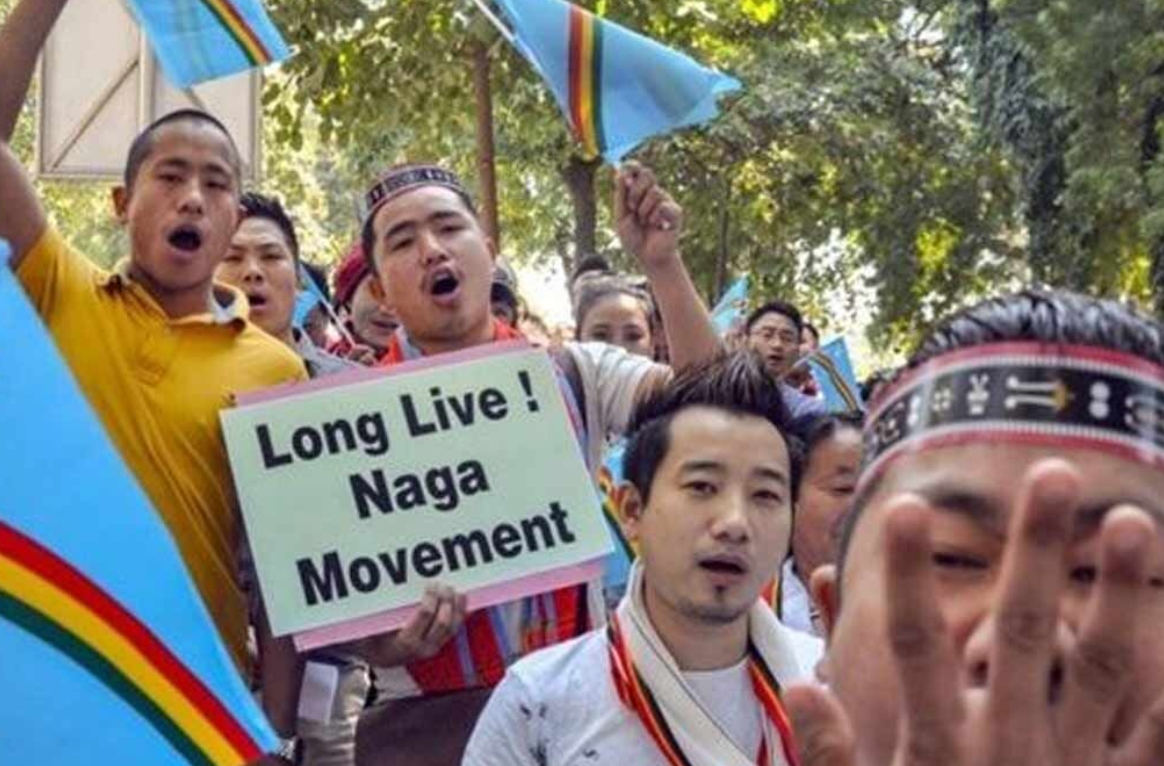Nagaland Government To Form Committee to Resolve Long-Standing Naga Conflict
The government of Nagaland has announced plans to establish a Political Affairs Committee (PAC) with the overarching aim of finding a fair and inclusive solution to the pervasive Naga political issue. This decision was taken in a meeting chaired by Chief Minister Neiphiu Rio on May 9.
The Role of the PAC
The PAC will include the council of ministers and leaders from all political parties within the 14th Nagaland Legislative Assembly (NLA). As a facilitator, the primary role of the PAC will be to bring about an amicable resolution to the Naga political conflict.
Formation of Political Consultative Committees
The Parliamentary Affairs Minister, KG Kenye, has tasked Legislature Party leaders with forming “Political Consultative Committees” (PCCs). The creation will be conducted in conjunction with their representative party organisations. With renewed effort to continue the spirit of the all-party opposition-less government, the aim is to reach a broad consensus for an early and peaceful settlement to the political deadlock.
The Structure of PCCs
The number of members forming the PCCs will be determined by the size of the party legislators in the NLA. A seven-member committee will be formed for 10 MLAs and above, five-member committee for five MLAs and above, three-member committee for one MLA and above, and a convener and co-convener for Independent MLAs.
Concerns Over Stalemate
The National Socialist Council of Nagaland (NSCN-IM) has expressed concern that should the current talks fail, there could be a return to a severe human rights situation in Nagalim. The Naga people are increasingly pressing for a conclusion to the lengthy Naga political talks. Currently, there is lingering tension between the Government of India and NSCN-IM over the contentious issue of establishing a separate flag and constitution for Nagaland – a demand which the Indian Government has rejected.
Notes: Naga political issue
The Naga political issue dates to the British colonial era, wherein Nagas claimed independence in 1947. The Naga National Council launched an armed rebellion but was subdued by the Indian government in the late 1950s. The National Socialist Council of Nagaland (NSCN), later split into NSCN(IM) and NSCN(K) factions, continues the fight for a sovereign Nagaland. A ceasefire agreement was signed in 1997 but the issue remains unresolved. Negotiations face difficulties due to demands for a separate flag and constitution by NSCN(IM). Moreover, other Northeast Indian states object to potential territorial concessions given to Nagas.
Month: Current Affairs - May, 2024
Category: States Current Affairs


